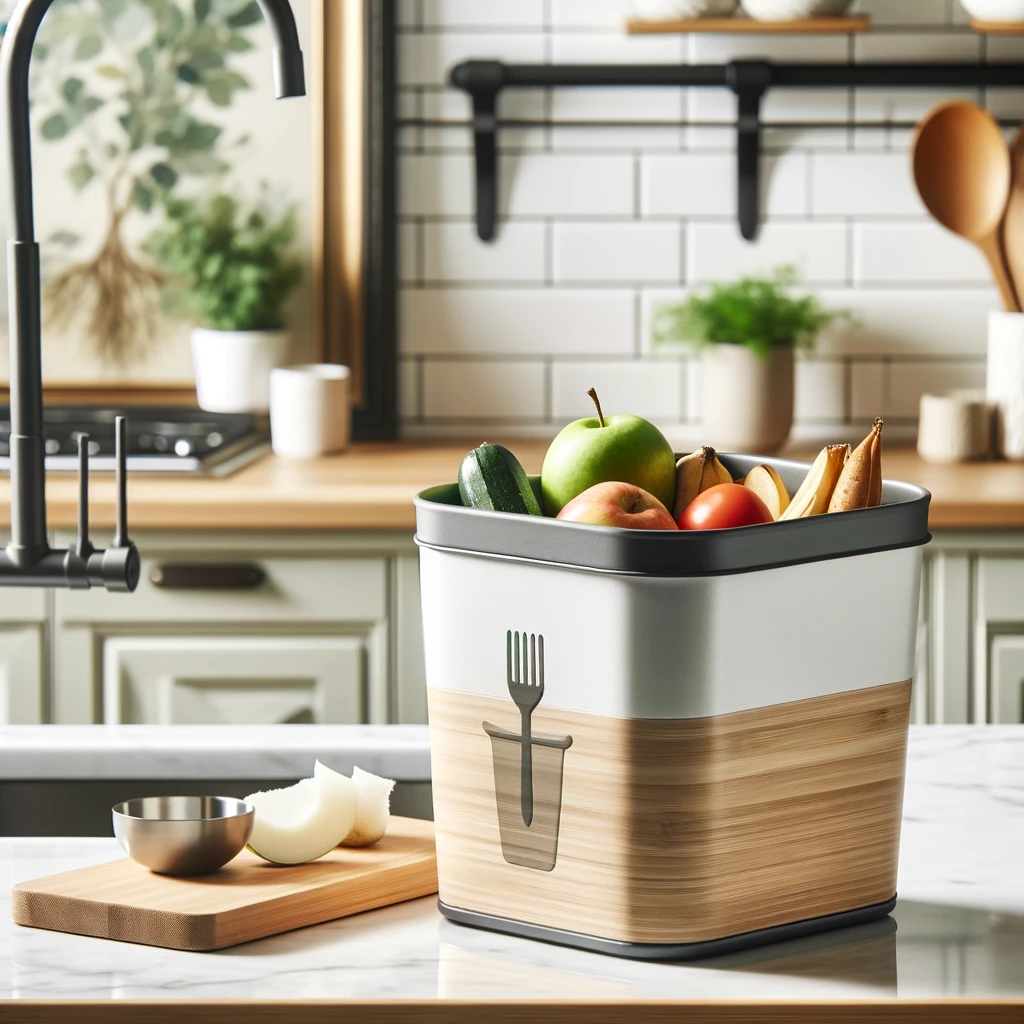A food caddy is an essential kitchen accessory for anyone looking to manage food waste more effectively. Designed to collect compostable food scraps, a food caddy helps reduce household waste and supports environmentally friendly practices. Here’s a comprehensive guide to choosing and using a food caddy in your kitchen.
Benefits of a Food Caddy
Using a food caddy offers several advantages that make it a valuable addition to any kitchen:
- Waste Reduction: Helps reduce the amount of food waste that ends up in landfills by collecting compostable scraps.
- Convenience: Provides a designated spot for food waste, making it easier to separate compostable items from regular trash.
- Hygiene: Keeps food waste contained, reducing odors and preventing the spread of bacteria.
- Environmental Impact: Supports composting efforts, contributing to soil enrichment and reducing greenhouse gas emissions.
Choosing the Right Food Caddy
When selecting a food caddy, consider the following factors to ensure it meets your needs:
- Size and Capacity: Choose a size that fits your kitchen space and can hold the amount of food waste your household generates.
- Material: Opt for durable materials like plastic, stainless steel, or bamboo. These materials are easy to clean and resistant to odors.
- Design and Style: Select a design that complements your kitchen decor. Look for features like tight-fitting lids to contain odors and handles for easy carrying.
- Functionality: Consider additional features such as removable liners, ventilation, and ease of cleaning to enhance the usability of the food caddy.
Popular Types of Food Caddies
There are several types of food caddies available, each catering to different needs and preferences:
- Countertop Caddies: Small and compact, these caddies are designed to sit on the kitchen counter for easy access while cooking.
- Under-Sink Caddies: Larger caddies that fit under the sink, providing more capacity for households that generate more food waste.
- Outdoor Caddies: Designed for outdoor use, these caddies can hold larger quantities of waste and are ideal for transferring scraps to compost bins.
Tips for Using a Food Caddy
To get the most out of your food caddy, follow these usage tips:
- Line the Caddy: Use compostable liners to make emptying and cleaning the caddy easier. Ensure the liners are biodegradable and suitable for composting.
- Avoid Liquids: Try to avoid placing excessive liquids in the caddy to prevent leaks and odors. Drain food scraps before adding them to the caddy.
- Empty Regularly: Empty the caddy frequently to prevent odors and reduce the risk of attracting pests.
- Clean Regularly: Clean the caddy regularly with warm, soapy water to maintain hygiene and prevent bacteria buildup.
Creative Uses for a Food Caddy
A food caddy can be used creatively beyond just collecting food waste:
- Composting: Use the collected scraps to start a compost pile in your garden. Composting enriches the soil and promotes healthy plant growth.
- Pet Waste: A food caddy can be repurposed to collect pet waste, making it easier to manage and dispose of responsibly.
- Craft Supplies: Use a clean and empty food caddy to store craft supplies or small household items, keeping them organized and easily accessible.
Final Thoughts
A food caddy is a practical and eco-friendly addition to any kitchen, offering convenience, hygiene, and environmental benefits. By choosing the right size, material, and design, you can effectively manage your food waste and support composting efforts. Regular cleaning and proper usage will ensure your food caddy remains effective and hygienic. Embrace the benefits of a food caddy and contribute to a greener, more sustainable lifestyle.



